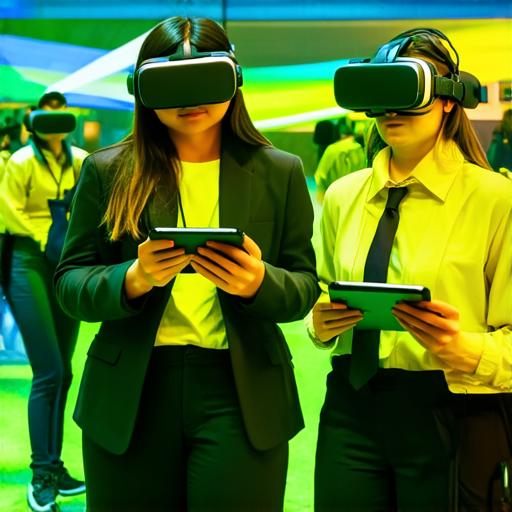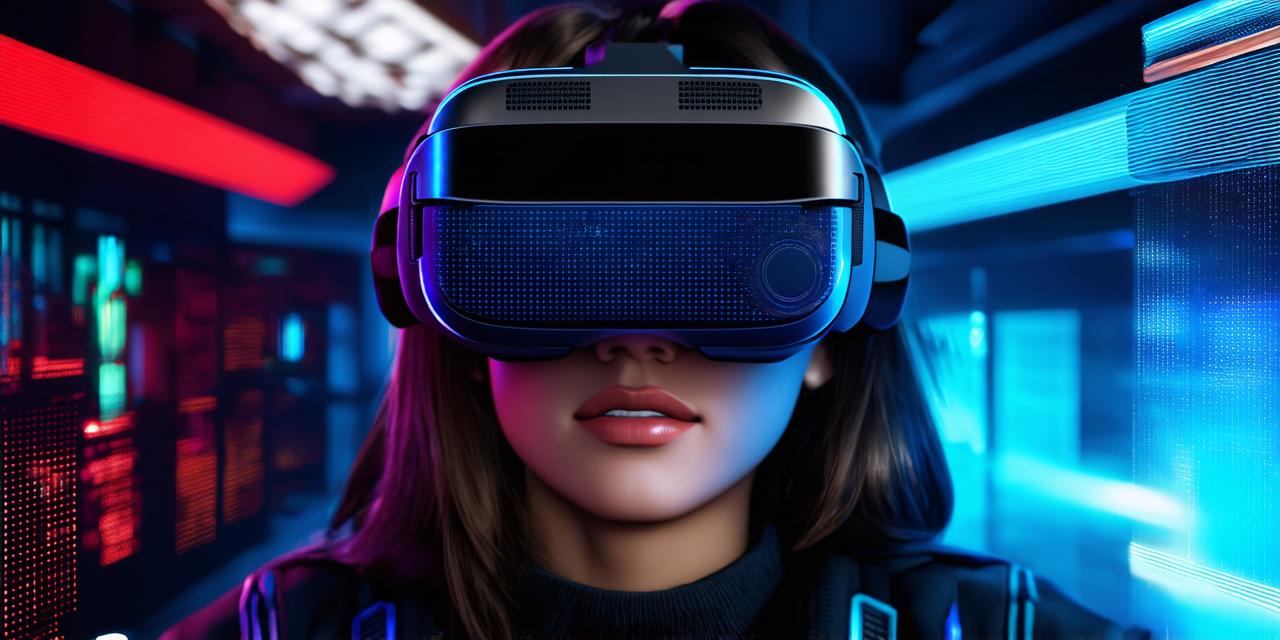Benefits of Using Virtual Reality in Education
Virtual reality can offer several benefits to students, including:
- Improved Engagement: VR technology can make learning more engaging by providing a hands-on and interactive experience that captures students’ attention. It can help them better understand complex concepts and retain information for longer periods.
- Enhanced Learning Experience: Virtual reality provides an immersive and interactive environment that can facilitate a deeper understanding of complex concepts. Students can explore, experiment, and make mistakes in a safe and controlled environment.
- Increased Creativity and Imagination: VR technology can stimulate students’ creativity and imagination by allowing them to experience things they might not be able to in real life. For example, students can travel to different parts of the world or explore the human body without leaving the classroom.
- Accessibility: Virtual reality can provide equal access to education for students with disabilities or those who live in remote areas. It can also help bridge the gap between rich and poor students by providing a level playing field for all.
Case Studies of Virtual Reality in Education
1. The Anatomy Project: A VR Learning Experience – The Anatomy Project is an online platform that uses virtual reality to teach human anatomy. It allows students to explore the human body in a 3D environment, learning about different organs and systems. According to a study conducted by the University of British Columbia, students who used VR to learn anatomy had better retention rates and performed better on exams than those who learned through traditional methods.
2. The Global Field Trips Project: Virtual Learning Experience – The Global Field Trips Project is a virtual reality program that allows students to visit different parts of the world without leaving their classrooms. Students can explore museums, historical sites, and natural wonders in a 3D environment. The program has been used by schools around the world and has been shown to increase students’ knowledge and understanding of different cultures and geographies.
Best Practices for Incorporating Virtual Reality into Education
- Define Learning Objectives – Before incorporating VR technology into education, it is essential to define clear learning objectives. This will help ensure that the technology is used effectively and that students are achieving the desired outcomes.
- Choose Appropriate Content – Virtual reality content should be chosen carefully to ensure it is appropriate for the age group and level of understanding of the students. It should also align with the learning objectives defined in step 1.
- Provide Support and Training – Teachers and students need adequate support and training to use VR technology effectively. This includes providing guidance on how to navigate the virtual environment, troubleshooting technical issues, and integrating VR into existing lesson plans.
- Monitor Progress and Evaluate Effectiveness – It is essential to monitor students’ progress and evaluate the effectiveness of using VR technology in education. This will help identify areas for improvement and ensure that the technology is being used effectively.

FAQs
Q: What type of equipment is needed to use virtual reality in education?
A: To use VR in education, schools need a VR headset, a computer with sufficient processing power, and appropriate software. Some VR headsets are specifically designed for educational use and are more affordable than consumer-grade VR headsets.
Q: Can virtual reality technology be used in all subjects?
A: Yes, virtual reality technology can be used in all subjects, from science and history to language arts and art. The key is to choose content that aligns with the learning objectives and enhances students’ understanding of the subject matter.
In conclusion, VR technology has the potential to revolutionize education by providing an immersive and interactive learning experience that can enhance students’ understanding of complex concepts. However, it requires careful planning and execution to be effective. By defining clear learning objectives, choosing appropriate content, providing support and training, and monitoring progress and evaluating effectiveness, schools can successfully incorporate VR technology into their educational settings.
